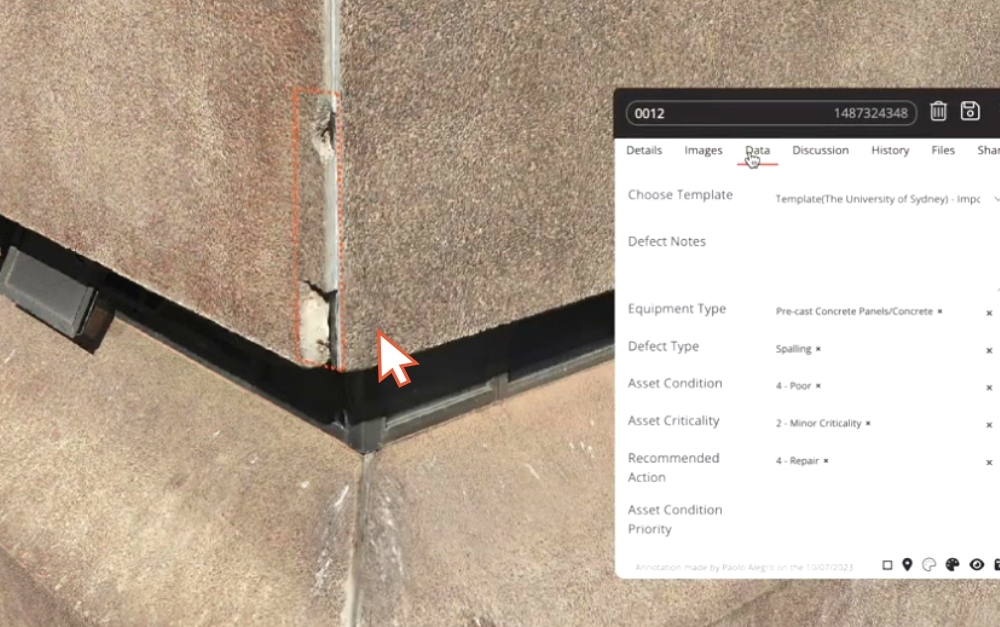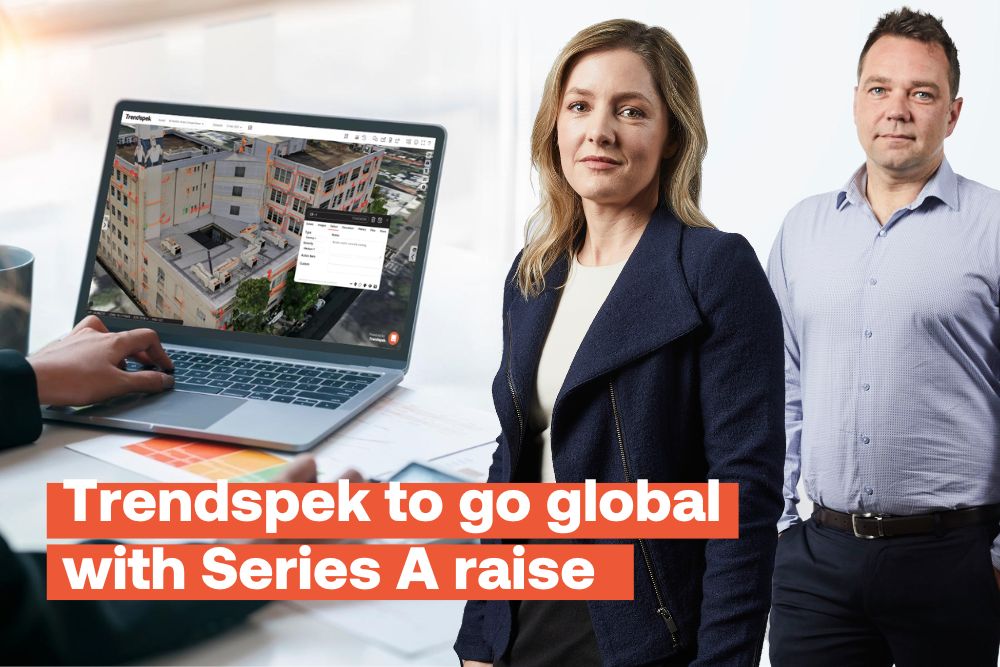
Over 100 UK school buildings have been closed this week due to the danger of crumbling RAAC concrete. With the total cost of repair still unknown, technology can provide faster, zero-touch solutions for educational institutions to upkeep maintenance and enhance the long-term sustainability of buildings.
What is RAAC concrete and why is it a problem?
From the 1950s to late 1980s, Reinforced Autoclaved Aerated Concrete (RAAC) roof planks was a popular material of choice for many roof decks constructed in commercial and public sector buildings, such as schools, colleges and hospitals.
While lightweight and highly fire-resistant, RAAC is also highly porous and lacks the structural strength of traditional reinforced concrete, making it much more prone to cracks, deflections and weaknesses.
Today, many RAAC roof planks are failing due to insufficiently covering steel reinforcements, which has led to dangerous corrosion and crumbling concrete.
Without an official database of records, identifying a RAAC roof requires a detailed inspection and risk assessment. Due to the fragility of the concrete, this can be dangerous and time-consuming for surveyors when carrying out a manual inspection.
Identifying RAAC concrete made easier with technology
Using drone capture capture and 3D software can provide a safer, more accurate solution for identifying building defects.
Leading Precision Asset Intelligence software provider Trendspek allows subject matter experts and engineers to safely, efficiently and quickly map every crack and identify roof deflection in seconds through zero-touch inspection methods.
Trendspek's Roof Deflection Tool allows you to quickly identify sagging and deviated sections of a structure, accurate up to the millimetre. These defects can be readily exported into interactive reports to share with engineers and asset managers to immediately plan remediation work.
Benefits of 3D asset management software
- Digital asset inventory: Create detailed digital inventories of your facilities, including accurate 3D models of buildings, equipment, and utilities for a full 360 view of infrastructure and identifying potential issues.
- Predictive maintenance: By continuously monitoring the condition of assets through sensors and visual data, the software can predict maintenance needs. Proactively schedule repairs and replacements, reducing the likelihood of unexpected closures and ensuring the safety of teams.
- Budget optimisation: With a clear understanding of infrastructure conditions and maintenance requirements, allocate budgets more effectively. This prevents overspending on urgent repairs and enables long-term planning for infrastructure improvements.
- Data-driven decision-making: Use data to make informed decisions about infrastructure investments and improvements. This data-driven approach ensures that resources are directed where they are needed most.
Universities turn to zero-touch inspections to preserve buildings
Partnering with UPP and InView Assets, Trendspek's 3D solutions are being implemented the University of Reading for optimised remediation planning of concrete structures.
Thousands of images are captured safely with aerial photogrammetry to generate a high-fidelity 3D model that can be zoomed into down to the millimetre to easily analyse roof deflection and identify cracks. This reduces the risk of putting workers at heights to manually inspect potentially unsafe roofs.
“When it comes to assessing buildings safely at scale, leveraging technology not only saves time but delivers superior outcomes that are simply not possible using traditional methods. For decades, we've had to rely on inaccurate 2D models, or worse – folders of photos with no context – to make critical decisions that affect all of us and our safety,” says Trendspek CEO Derek Feebrey.
“Instead of everybody coming to the university, we can take the university to everyone else, safely, with this software," says Derek Feebrey, CEO of Trendspek
In Australia, Trendspek partners with leading engineering organisation Infracorr to assess, monitor and plan remediation works for historic buildings across the University of Sydney campus in Camperdown.
“Traditionally, the manual inspection process for an asset portfolio of this size is expensive and time-consuming and can ultimately lead to inaccurate reporting. You’d put workers in a crane bucket, lift them up over the roof and dangle them for inspection with pen and paper notes and some photos,” says Feebrey.
“By comparison, Trendspek replaces a job that would normally take two weeks and captures and scans it in under an hour, generating a 3D Precision Reality Twin – an exact digital replica – in under 24 hours. With this method, engineers from anywhere in the world can conduct a visual inspection from their web browser and mark up the smallest defects directly onto the 3D model, allowing for enormous efficiency and safety gains."
"Instead of everybody coming to the university, we can take the university to everyone else, safely, with this software."


